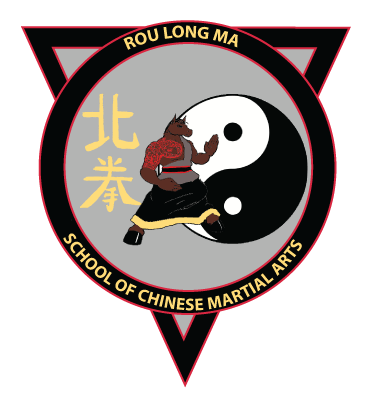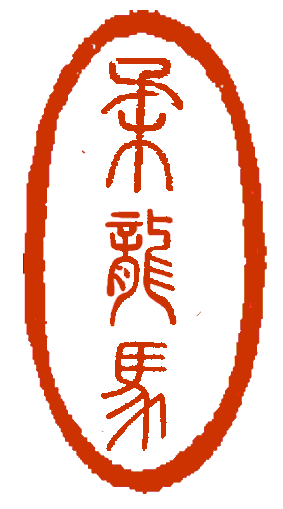

Rou Long Ma School of Chinese Martial Arts
Teaching Northern Fist Kung Fu and Yang Style Taijiquan
About
|
|
|
|
|
|
|
|
|
|
|
|
|
|
| Find us on
|
| More Information |
|
|
|
|
| China has a long, rich and diverse history of martial arts. For
thousands of years Chinese nobility and peasants alike have been
practicing and refining both armed and unarmed combat skills. Known as
國術(GuoShu - national art)or 武術(Wu Shu - Martial Art) Chinese
Martial Arts continue to flourish today through local folk schools 家(Jia - families) as well as large government sanctioned
schools. Chinese Martial Arts are popularly referred to as Kung Fu in the west. This is a slight misnomer as 功夫 Gung Fu(PinYin transliteration of Kung Fu) technically means an accomplishment that is earned through hard work. This name does apply at the Rou Long Ma school, our students work to earn their rank and skill, instilling a sense of accomplishment and self discipline. We are a Jia or family based system commonly found throughout China. These "folk schools" are typically less regimented operating around more of a family concept. We teach what is classified as traditional Chinese martial art(CMA), we do not focus on simply one aspect of our art, but aim for well rounded students. CMA has a long history not only of fighting skill, but as performance art as well. In addition, early in it's Chinese history, martial arts was viewed as having a purpose above that of simple self defense, or fighting. One of the first mentions of this is in the Daoist writing s of Zhuangzi and Liezi in China. It is particularly noteworthy that this account clearly spells out the idea that practice of the martial arts can lead to an elevated state of mind where perfection of skill creates perfect mental focus, and does it centuries before the invention of Chan Buddhism (that practiced at the famous Shaolin monastery), in fact before Buddhism even reached China.
|
||||||||